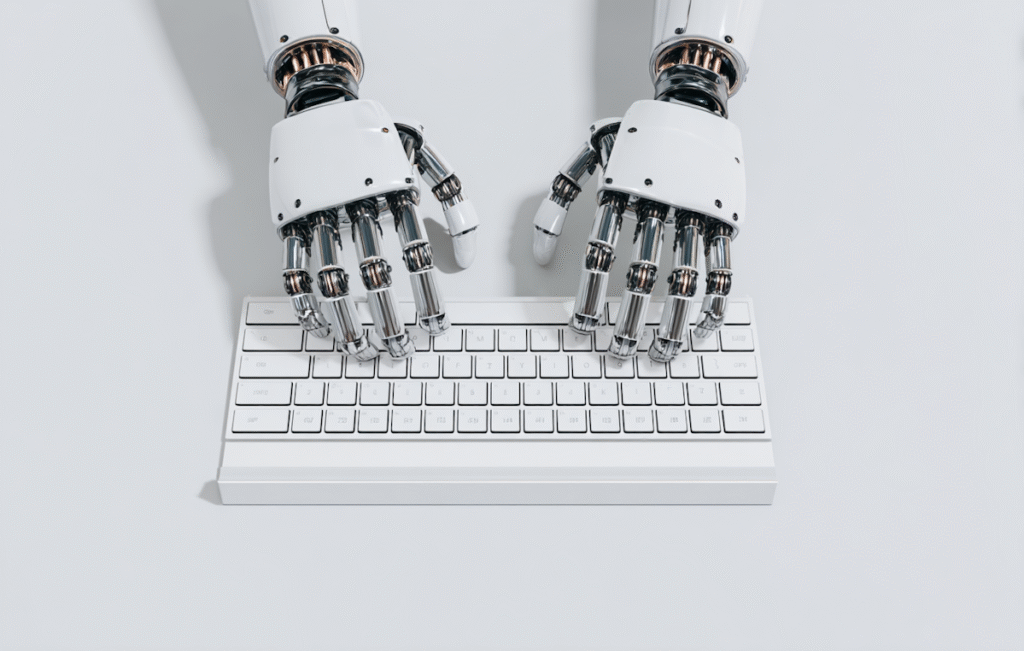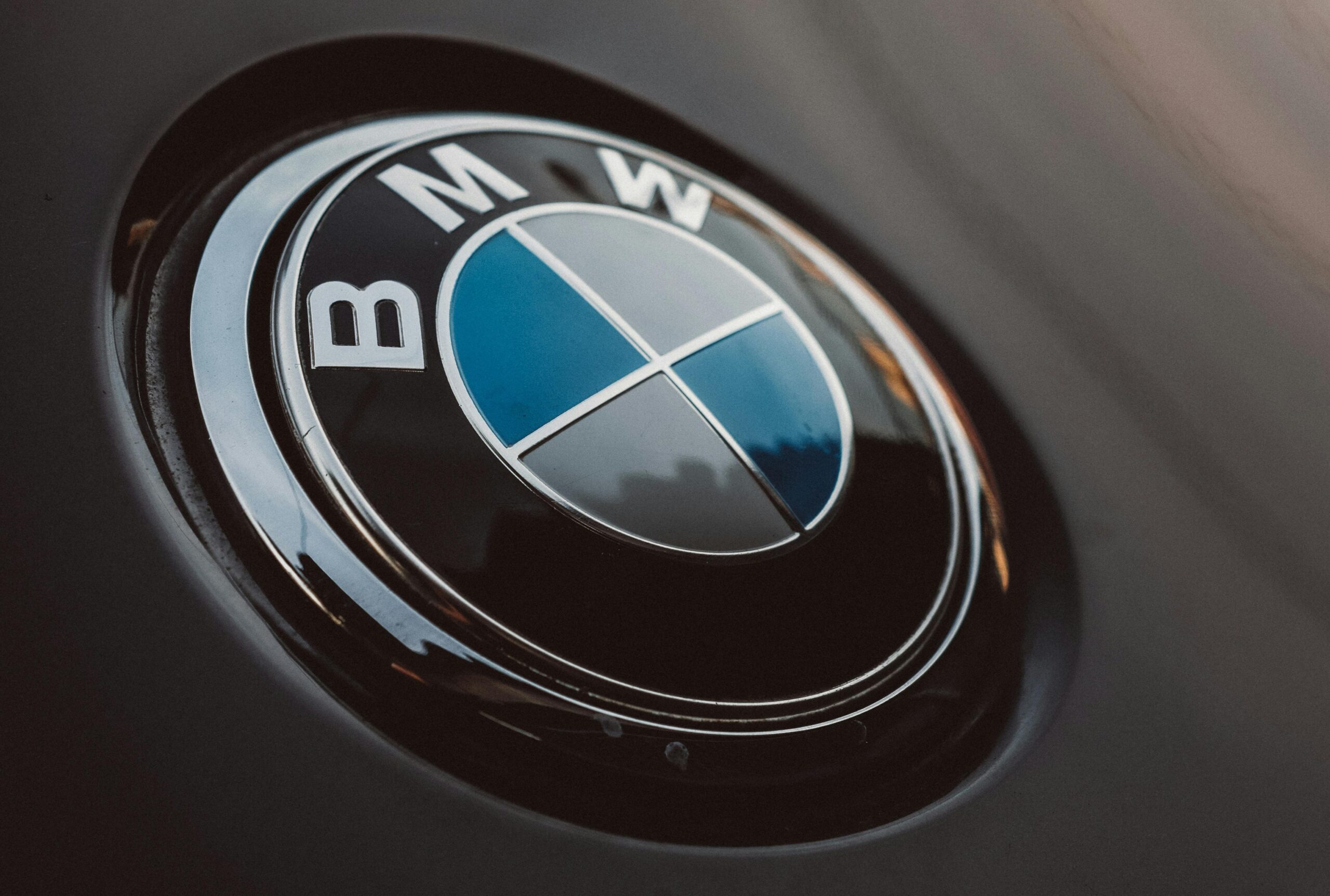Artificial intelligence (AI) is revolutionizing the marketing landscape. From predictive analytics to generative content, AI-powered tools are transforming how brands engage audiences, personalize experiences, and optimize spend. This shift is no longer niche—it’s mainstream.
In this article, we dive into the rise of AI marketing, with a focus on marketing in Germany, unveiling key marketing trends with AI, industry applications, and future projections. We’ll also showcase high-impact keywords that will boost your SEO, such as AI personalization, digital advertising, and predictive analytics—so this post gets noticed and ranks.
What Is AI Marketing—and Why It Matters
Defining AI marketing refers to the use of artificial intelligence and machine learning to:

- Analyze customer behavior in real time
- Automate campaign optimization
- Generate personalized content
- Predict trends and purchase intent
These capabilities are enabling brands to reach audiences more effectively, reduce wasted spend, and deliver hyper-personalized experiences. In 2025, AI is no longer optional—it’s foundational.
Global Momentum AI marketing has experienced explosive growth:
- The global AI in marketing space was valued at $93.5 billion in 2021, projected to reach $190.6 billion by 2025
- In Germany alone, the AI marketing market hit $1.3 billion in 2023, with forecasts showing rapid growth to $6.1 billion by 2030—a CAGR of 24.7%
What this signals: AI marketing isn’t a future trend, it’s today’s reality.
AI Marketing Adoption: A German Perspective

Adoption Rates Though Germany is renowned for engineering excellence, its marketing teams have been slower to embrace AI—initially.
- As of late 2023, over 60% of digital marketing companies in Germany reported using AI
- Around 45% of marketing departments deploy AI tools for campaign automation
Still, there’s room to grow:
- In early 2024, 80% of German marketers had no experience using AI, vs. ~75% adoption in the U.S.
- The gap stems from GDPR concerns, skills shortages, and unclear ROI
Conclusion: German marketing is on the move, but careful strategy—especially around data privacy—remains crucial.
Key AI Marketing Trends in Germany & Beyond
Hyper-Personalization & AI-Powered Recommendations
- Over 70% of German marketers agree personalization (enabled through AI) is essential—boosting performance by 20–30%
- Zalando uses predictive AI to deliver personalized shopping experiences and saw 35% higher click-through rates, 22% conversion boost
Predictive Analytics & Real-Time Decisioning
- Companies like Deutsche Telekom reduced churn by 18% and saved €45 million using predictive AI
- Predictive campaigns, dynamic pricing, and logistics optimization are no longer experimental—they’re expected
AI-Driven Content Creation
- Estée Lauder leverages tools to craft copy, automate support, and generate SEO content
- Global platforms like Google Ads and Meta Ads include AI suggestions in campaign setup and bid optimization
Conversational AI & Chatbots
- Chatbots now handle 24/7 personal interactions, freeing up human staff
- Tools integrate across channels, including voice search
Voice & Visual Search Optimization
- Voice search is poised to represent over 50% of queries by 2025
- Brands are optimizing for image-based search and visual discovery
Automation Across Marketing Works
- 45% of German teams use tools for email flows, segmentation, and campaign set-ups
- Generative AI assists with slogans, ad copy, and A/B tests
Immersive & Ethical AI
- AR/VR storytelling and virtual brand experiences are gaining traction
- Transparent AI use is becoming non-negotiable—ethical AI reduces bias and empowers trust
ESG & AI-Driven Sustainability
- Sustainability is increasingly entwined with AI strategy in Germany
- Brands adopting AI with ESG credentials stand out
AI Marketing in Germany: Real-World Champions
Zalando – Personalized Fashion
- Machine learning models analyze browsing history and trends
- 35% CTR increase, 22% lift in conversions
Deutsche Telekom – Predictive Retention
- AI-driven churn detection
- Reduced churn by 18%, saving €45 million
Otto – Predictive Purchase Algorithms
- 90% accurate predictions on purchases within 30 days
Delivery Hero – Generative Content
- AI-generated dish images and customer AI chat flows
Henkel – Smart Manufacturing
- Sensor data and production optimization with AI pilots
Overcoming Barriers: GDPR & Skills
Data Protection
- GDPR remains a top concern for German marketing teams
- Preference is growing for “AI made in Germany” vendors due to compliance focus
Talent & Know-How
- 80% of German marketers cite lack of AI expertise
- Education is key—skills development is now part of marketing strategy
2025 Marketing Trends With AI: What to Watch
1. AI-First Campaigns
- Most campaigns will include AI—hyper-personalized, data-driven strategies
2. Voice & Visual as Primary Access Points
- SEO evolves to include voice/visual elements
3. Creative & Production Efficiency
- Generative AI tools in copywriting and asset creation
4. Predictive Analytics Scale
- Real-time dynamic ad buy, pricing, UX optimization
5. Ethical & Transparent Use
- Consumers expect brands to clearly communicate AI usage
6. Community-Driven AI Marketing
- Social media transforms into “super-apps”; UGC + AI amplification
How Marketers Can Prepare

A couple of actions and strategies can help to prepare
Audit & Pilot: Start small; test chatbots, copywriting, and personalization
Partner Smart: Use GDPR-compliant German AI providers
Train Teams: Provide workshops and upskilling in AI tools
Invest in Data: Build data pipelines and governance frameworks
Benchmark Impact: Track engagement lift, CTR, conversions
Communicate Openly: Share AI usage with audiences to build trust
The Future: Marketing in Germany with AI
AI in marketing is not just about automation; it’s about smarter human-AI collaboration. Germany is accelerating in AI deployment—leading European markets with 24.7% CAGR, 60% adoption, and a pivot toward ethical, localized solutions.
The path forward is clear: AI marketing will define top-performing German brands, from e-commerce to enterprise. Prepare now—because it’s not a question of if, but when.



